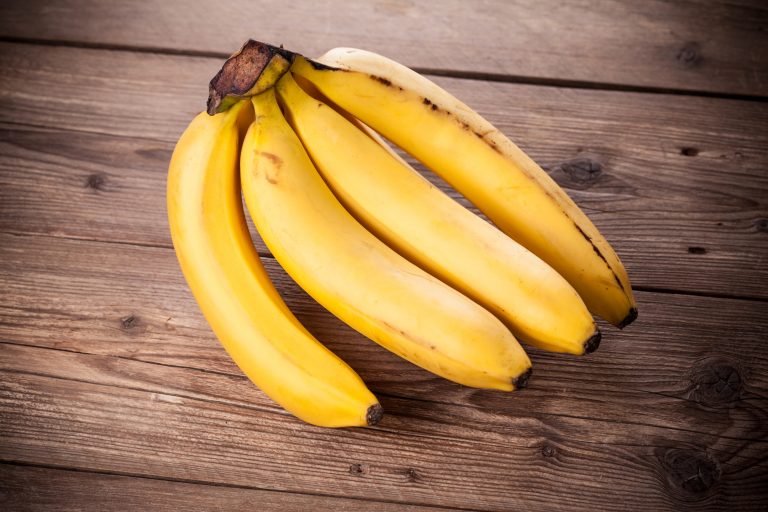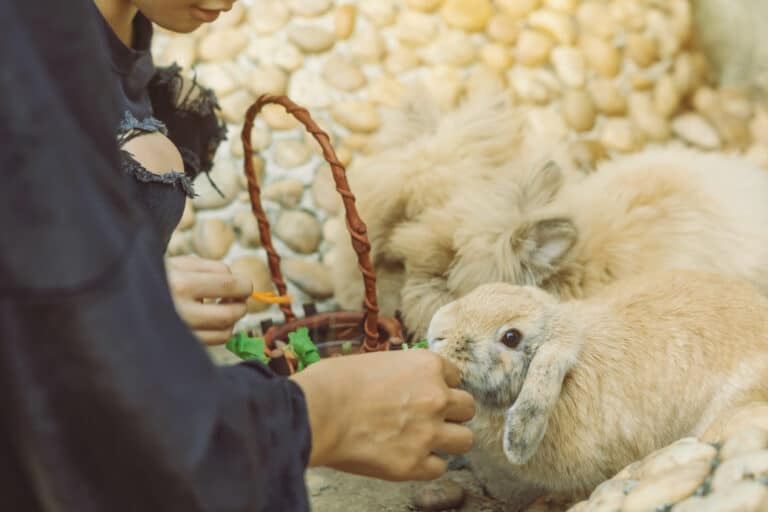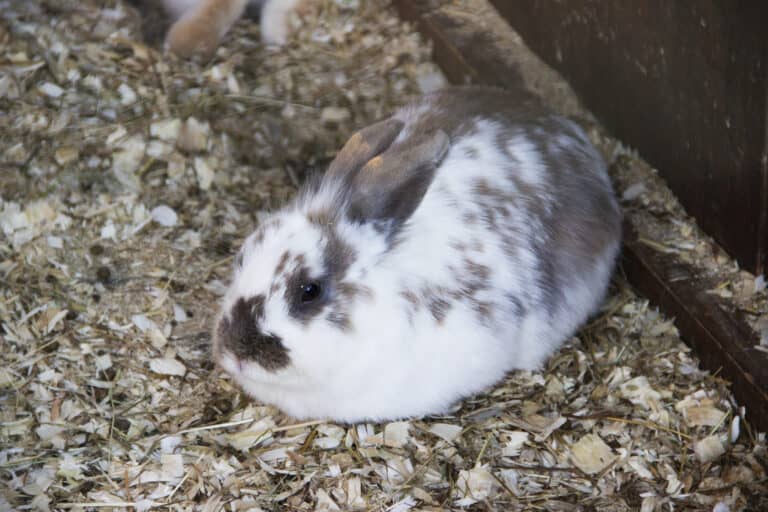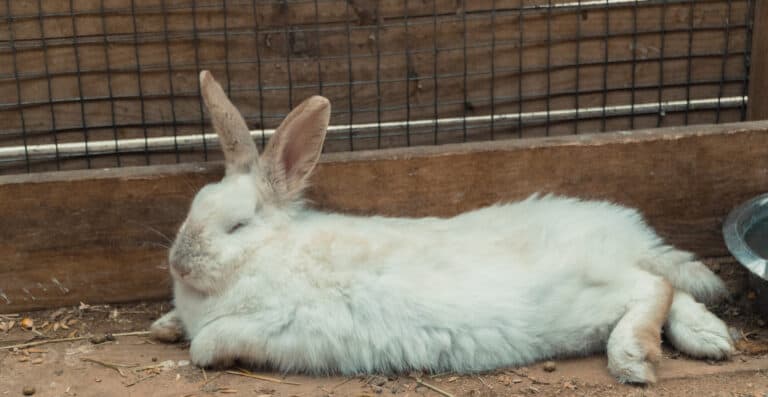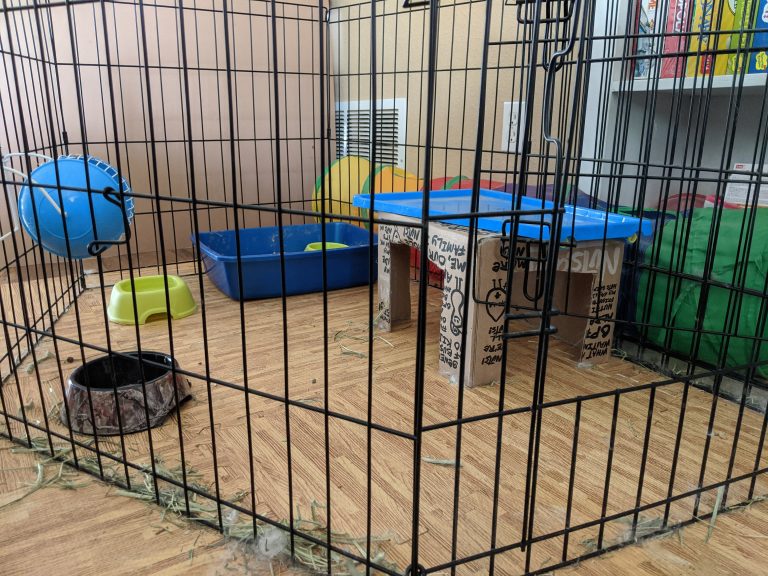When Can Baby Rabbits Leave Their Mother?

Has your bun just given birth? We bet you’re already receiving plenty of requests for adoption. After all, rabbits are such adorable creatures, so plenty of pet lovers can’t resist getting one as a companion. If you plan to let friends and relatives take the baby bunnies or kits into their homes, you may wonder when the baby rabbits can leave their mother.
Most babies, rabbits included, have the best chance for survival if they stay with their moms. However, there also comes a time when they have to leave the nest. Knowing when to let your bun’s kits go to their new homes will help ensure that the babies will grow up healthy and strong.
Why They Shouldn’t Leave Too Early
Separating the kits too early from their mother can negatively impact their physical and emotional wellbeing. Here are some reasons why baby bunnies should stay longer in the nest.
- They can suffer from digestive issues: Their mother’s milk provides the kits with the nutrition their bodies require in the right amount. These include vital antibodies that protect the young ones from various illnesses and gut flora that boost their digestive system’s health.
- They’ll benefit from bonding with their mothers and siblings: You’ll discover that even if they’re not feeding from their mom, the kits still stick close to her and their brothers and sisters. That’s because of the instinctive urge to bond with their kind.
- It could lead to stress: Babies thrive in the love and care their mothers provide. Kits taken early from their moms can experience high stress levels that could have fatal consequences.
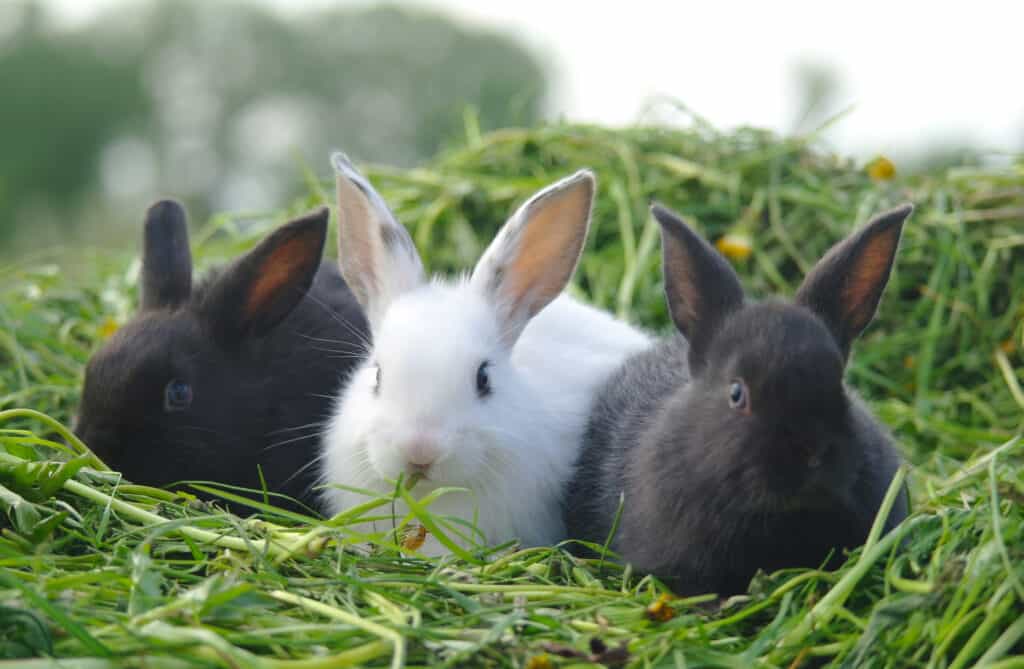
When Can They Leave?
For all the benefits being with their mother brings, there comes a time when the baby rabbits need to leave the nest, as overstaying can also affect their safety and wellbeing. For example, the mother bun may kill the weaker ones, so her milk will go to the more robust kits.
The best age for baby rabbits to leave their mother is when they’re 6 to 8 weeks old. During the 6th to 8th-week mark, the kits are strong enough to take care of themselves. By then, they can also feed on adult rabbit food.
How to Start the Process of Separation
You don’t arbitrarily take the kits and place them in a different cage or enclosure on the 6th or 8th week of their lives. Separating the baby bunnies from their mother is a delicate process as it causes a lot of stress which can even cost the lives of more delicate kits.
You’ll need to help the bunnies transition to living on their own as gently as possible. Here are some steps you can follow.
#1 Start Weaning the Baby Bunnies
Weaning is a natural process most animals go through. It’s a growing-up thing that helps them prepare for when they have to fend for themselves. Part of weaning is getting the kits to eat foods aside from their mother’s milk. You’ll need to start weaning the baby bunnies when they’re around 2 to 4 weeks old, as the process can last about 6 weeks. To set things in motion, you can do the following.
Place Some Pellets in the Cage
The kits can nibble at the pellets. Doing so provides them with extra nourishment in case their mother’s milk isn’t enough to feed them adequately. Moreover, it gives them a taste of adult food they’ll soon consume.
Observe the Baby Bunnies’ Eating Habits
Are the little ones eating the pellets or hay and drinking from the water bowl? Those are signs that they aren’t entirely dependent on their mother’s milk to survive.
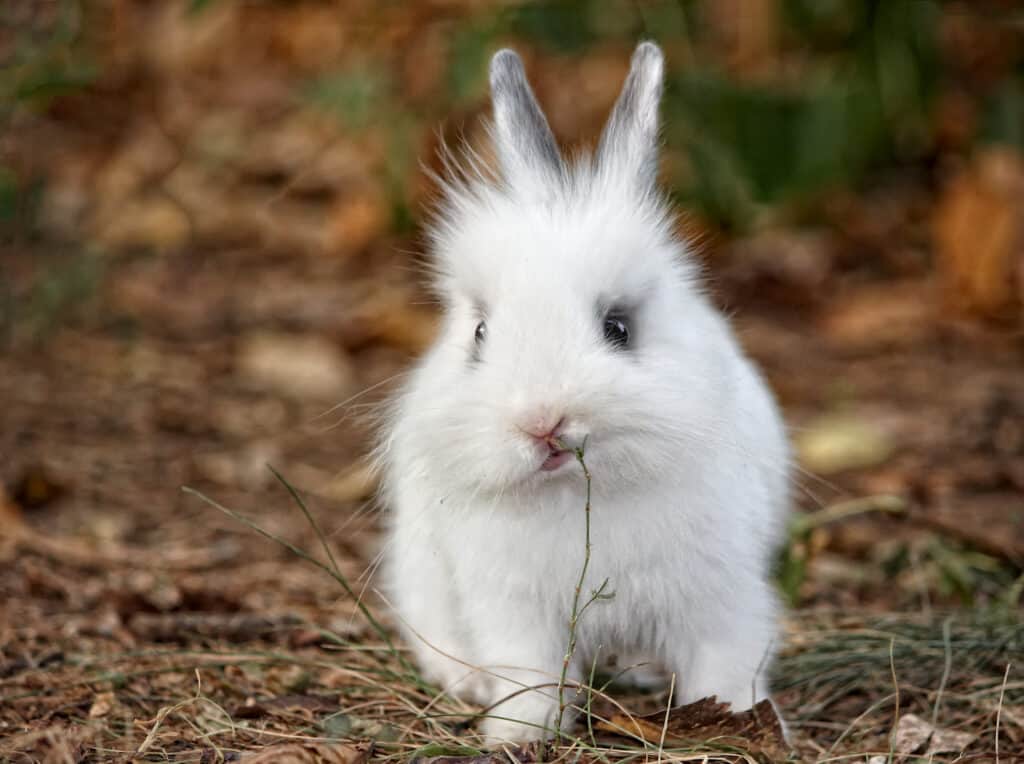
#2 Check If the Kits Are Ready for Separation
We mentioned that being taken from their mother causes considerable stress to baby rabbits. That’s why you need to be sure that they’re strong enough for the ordeal. Here are some ways to tell if the kits and their mother are prepared to live independently.
The Baby Bunnies Look Healthy
Check the appearance of each kit because even if the babies are of the same age, some are healthier and more developed than their siblings. A healthy baby bun should have quite a bit of fur all over its body. Inspect the teeth, ears, and eyes for signs of infection.
Their Mother Is Staying Away from Her Babies
Mother buns instinctively know when it’s time to let go. Rabbits also mate often, and they do so when the babies are ready to leave the nest. If the mother rabbit starts looking for her mate, then it’s time to separate the kits.
#3 Separate the Babies from Their Mother
Moving the mother rabbit instead of the kits to a new cage is best. Being separated from their mom is stressful enough for the baby buns, so they should remain in a familiar environment. Make sure that both the mother and the kits feel comfortable when they go their separate ways.
Prepare the Mother Rabbit’s New Home
Provide her with bedding, water, food, and litter material. If some kits aren’t ready for separation, place them in the new cage with their mother.

Keep the Kits Calm and Limit Stress-inducing Activities
Loud noises can scare rabbits, so place the baby buns’ cage in a quiet place. Keep kids and other pets away so as not to cause more stress to the babies. Try to calm the bunnies if they seem agitated by their mother’s absence.
Regularly Clean the Cages
See to it that both the mother’s and her buns’ cages are clean to prevent the rabbits from getting sick. Remove uneaten food, wash the water bowl and replace the water. Also, remember to change soiled bedding.
#4 Take Good Care of the Baby Bunnies
Baby bunnies are most vulnerable after separation. We keep saying that stress can even lead to fatal consequences, so they’ll need plenty of tender, loving care.
Feed Them Nourishing Food
Give the kits the same brand of hay their mother was getting during the weaning process to ensure that their digestive system is used to the food. Because of their sensitive digestions, buns can get very sick when fed new food. Keep them on a diet of hay and alfalfa until they’re old enough to eat SMALL quantities of fruits and veggies, such as apples, bananas, cucumber, and broccoli.
Provide Toys for the Kits
Rabbits need mental stimulation, and giving the kits some toys will keep them active and occupied. Having something to do will also prevent the kits from getting lonely.
Leaving the nest is often a difficult moment for all creatures. But by knowing the proper time to separate the baby rabbits from their mother, you can help lessen the trauma the experience brings to the little ones.
We hope you enjoyed this post! If you did, will you give it a share or two 🙂 Thank you! ~from Every Bunny Welcome


